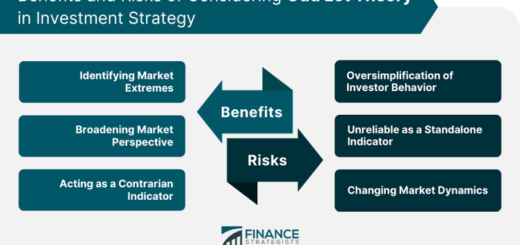Nature of Profit

The nature of profit has been a very complicated and difficult problem for economists to solve. In the last stages of the 19th century Prof. Taussig had called it a form of mixed and vexed income. It is mixed because it is formed as a mixture of many resources and vexed because economists cannot decide upon which source of profit to leave out and which source to include. According toR.A.Gordon,It confessedly remains one of the least satisfactory parts of economic doctrine.” Earlier classical economists used to believe that profit is earned by the businessman who invests money and owns the þusiness. They did not differentiate between interest and profit. At the maximum profits were decided from the balance left after making all due payments from the total income of the business.
The first systematic analysis of the nature of profit was done by Marshall as the demand and supply of entrepreneurs. Marshall believed that profit was that average wage which was necessary to bring into existence and maintain the existence of sufficient supply of entrepreneurs.” In the long run an entrepreneur could earn only normal profit which was a part of the cost of production. In this way profit was a sort of wage. But the analysis presented by Marshall is one sided because it disregards those means which determine the demands for the entrepreneur. It also fails to analyse those big profits which are continuously received in few competitive industries and those which are earned by business concerns exercising monopoly.
In the eyes of Prof. Walker”profit is a determinate return for a production function performed by an entrepreneur with a superior ability.” An entrepreneur is different from labour and profit is the result ofhis organisational skill and ability to establish a cordial co – existence. According to Hawley, “profit is the result of the risks that the entrepreneur takes.
The greater the risk the bigger will be the profit. But this analysis mixes the ownership of business institutions with their control. In the modern large sized firms the ownership is divided between partners and the actual control is in the hands of the salaried managers.
According to Clark, Nite and Schumpeter, “It is an income which arises out ofchange, uncertainty and friction inherent in a dynamic world and which the belated operation of competitive forces tends to eliminate.” Ina non – competitive static world all resources receive rewards equivalent to the imputed price of the optimal production and the owner does not receive anything other than the salary for his management. But in a dynamic world there is a constant recurring of friction, innovation and uncertainty as a result of which instead ofa normal manager’s salary something extra is earned.
This is actual profit. This is a non – functional analysis of the nature of profit. Profits arise not out of any particular entrepreneurship but out of friction, innovation and uncertainty.
Marxist economists Veblen and Hobson
regard profit as an unearned income and the institutional monopolies established by a handful of capitalists, its reason. Monopolised profits arise because the person with monopoly controls production and prices his goods at a cost far more than


